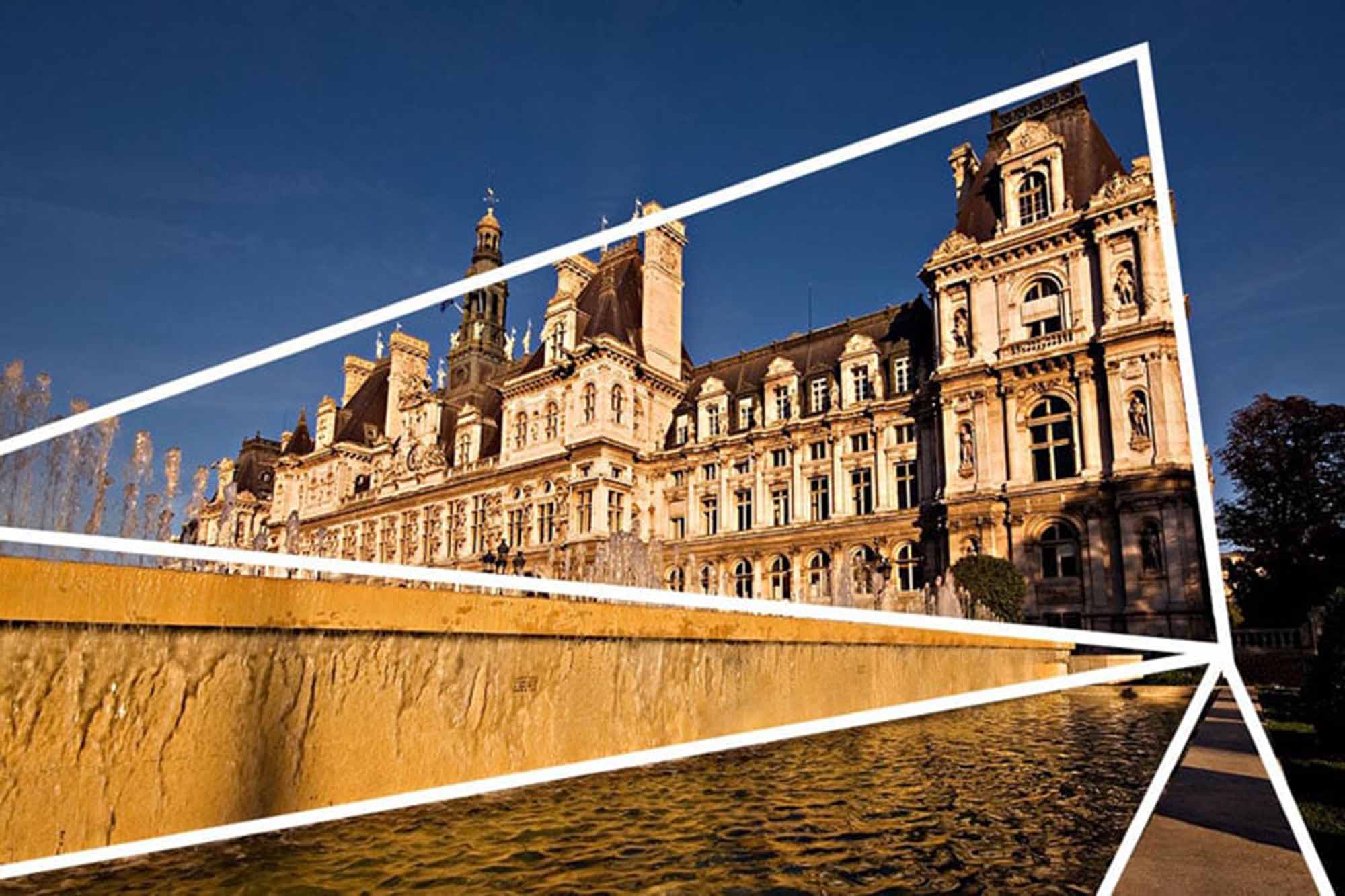Introduction: Harnessing the Energy of Diagonals and Triangles
Diagonals and triangles are potent tools in the photographer’s compositional arsenal, known for adding dynamic tension and visual interest to images. This tutorial explores how to effectively utilize these elements to inject energy and direction into your photography, transforming ordinary scenes into captivating visual narratives.
Understanding Diagonals and Triangles
Diagonals are lines that traverse the frame at an angle, conveying motion, direction, and energy. Triangles, whether real or implied, add stability and balance while maintaining a sense of dynamism. Together, these elements can create a sense of movement and tension, drawing the viewer’s eye through the photograph in a purposeful manner.

O Carroll, B. (2016). 28 Composition Techniques That Will Improve Your Photos.
Creative Process: Implementing Diagonals and Triangles
- Seeking Out Natural Diagonals: Start by observing your environment for natural diagonal lines – fallen trees, angled shadows, or architectural lines.
- Creating Implied Triangles: Look for opportunities to create triangles in your composition, which can be formed by the positioning of subjects, converging lines, or even the use of light and shadow.
- Experimenting with Angles: Change your shooting angle to transform ordinary lines into dynamic diagonals, altering the perception and impact of the scene.
Tips for Photographers
- Utilize Leading Lines: Diagonal lines can act as powerful leading lines, guiding the viewer’s eye towards the main subject.
- Balance with Triangles: Use triangles to balance your composition, ensuring that the image feels both dynamic and stable.
- Play with Perspectives: Shoot from high or low angles to accentuate or create diagonal elements in your composition.
- Combine with Other Elements: Diagonals and triangles can be combined with other compositional techniques, such as the Rule of Thirds, for even greater impact.
Advanced Techniques in Using Diagonals and Triangles
- Converging Diagonals: Use converging diagonal lines to create a sense of depth and perspective, particularly effective in architectural and street photography.
- Color and Texture: Enhance diagonal elements with contrasting colors and textures to add depth and interest to your compositions.
- Juxtaposition: Create visual tension by juxtaposing diagonal lines against more stable, horizontal, or vertical elements.
Practical Applications in Various Genres
- Landscape Photography: Use natural diagonals like rivers, mountain ridges, or tree lines to add depth and motion.
- Urban and Street Photography: Capture the dynamic energy of city life with the diagonal lines of buildings, streets, and urban landscapes.
- Portrait Photography: Position subjects or their features in a triangular arrangement to create engaging and balanced portraits.
Conclusion: Adding Movement and Energy
Diagonals and triangles are more than just compositional elements; they are expressions of movement and energy. By mastering their use, photographers can elevate their work from static shots to dynamic compositions that captivate and engage the viewer.
References
O Carroll, B. (2016). 28 Composition Techniques That Will Improve Your Photos. [online] PetaPixel. Available at:
https://petapixel.com/photography-composition-techniques/
[Accessed 12 December]

